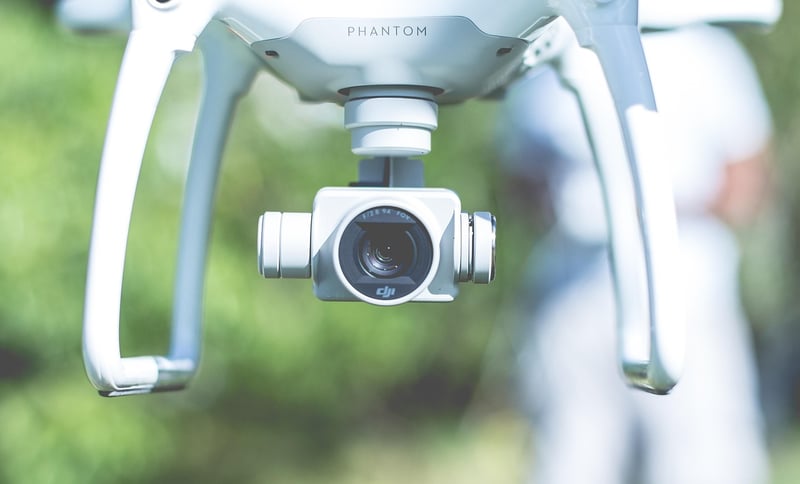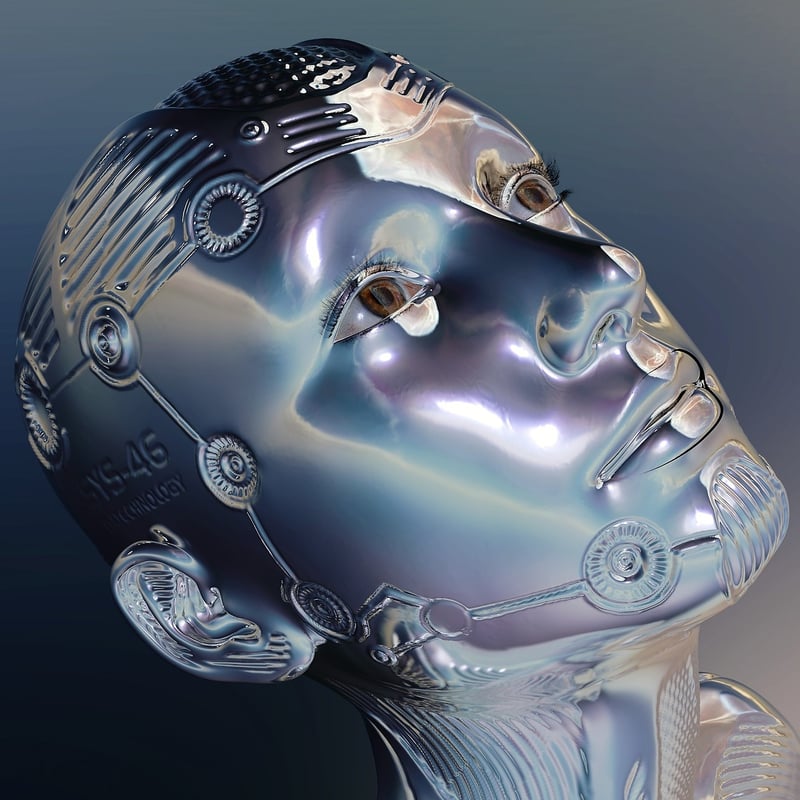Future Technology
The Exciting Intersection of Lost Treasures and Future Technology
Exploring lost treasures has long been a captivating pursuit for adventurers and historians alike. The thrill of uncovering ancient artifacts and unraveling mysterious stories from the past is a timeless fascination. However, with the advancement of future technology, this age-old quest has been revolutionized in ways unimaginable. Let's delve into the exciting intersection where lost treasures meet cutting-edge technology.
1. Lidar Technology Unveiling Hidden Gems
Lidar (Light Detection and Ranging) technology has transformed the way we discover lost treasures. By using laser light to map and visualize archaeological sites from above the ground, researchers can uncover hidden structures and artifacts with remarkable precision. This revolutionary technique has led to the discovery of ancient cities, lost civilizations, and buried treasures that were once thought to be lost forever.

2. Virtual Reality Bringing History to Life
Imagine stepping into the past and exploring lost treasures through the lens of virtual reality. With VR technology, history enthusiasts can immerse themselves in ancient worlds, walk through long-forgotten ruins, and interact with artifacts as if they were right there in person. This innovative approach not only preserves history but also makes it accessible and engaging for people around the globe.

3. Drones Mapping Uncharted Territories
Drones have revolutionized the way we explore remote and inaccessible regions in search of lost treasures. Equipped with high-resolution cameras and advanced sensors, drones can capture detailed images of archaeological sites, shipwrecks, and hidden landscapes from above. This aerial perspective provides researchers with valuable insights and helps uncover new clues about ancient civilizations and historical mysteries.

4. AI Analyzing Historical Data
Artificial Intelligence (AI) plays a crucial role in analyzing vast amounts of historical data to uncover patterns, connections, and insights that may lead to the discovery of lost treasures. By leveraging machine learning algorithms, researchers can sift through archives, decipher ancient texts, and reconstruct fragmented artifacts with greater accuracy and efficiency. This synergy between AI and archaeology is unlocking new possibilities in the quest for lost treasures.

5. Blockchain Securing Cultural Heritage
Blockchain technology is revolutionizing the way we protect and preserve cultural heritage and artifacts. By creating secure, tamper-proof digital records, blockchain ensures the provenance and authenticity of valuable treasures, reducing the risk of theft and illegal trafficking. This transparent and decentralized approach not only safeguards our shared history but also enables greater collaboration and trust among stakeholders in the preservation of cultural heritage.

As we venture further into the intersection of lost treasures and future technology, the possibilities for discovery and exploration continue to expand. By harnessing the power of innovative technologies, we are not only uncovering the secrets of the past but also shaping the way we preserve and appreciate our rich cultural heritage for generations to come.
